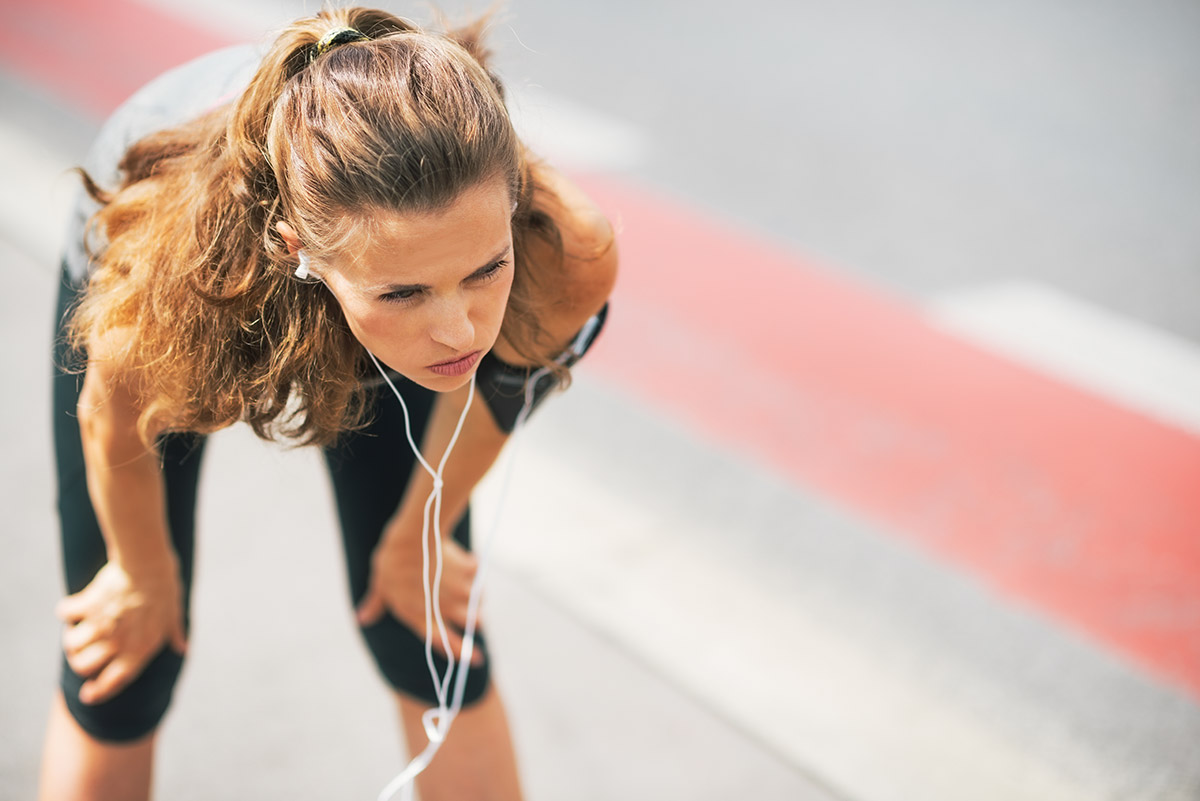We all know that we need to exercise regularly for our health and to maintain our bodies, and to live longer. We all have our own personal reasons for exercising.
How much exercise is enough?
How much exercise is enough, depends on your goal, if you want to lose weight then you need to do more if than if you are just trying to maintain your body shape. So that we don’t always kill ourselves by competing with the person on the next treadmill we need to monitor ourselves and recognise how much is enough and how much is too much.
We need to measure the intensity of our exercise, we need to have cues in our own body that when we see them we know we have reached the level that is good for us. Fortunately, there are signs that our body gives us to tell us when we have reached a level for the exercise. Always try to have pre-workout supplement and post workout supplement which will help you keep energy level high.
Levels of exercise.
There are three levels of exercise, every time we move a muscle it is classified as exercise.
Light exercise.
Light exercise dose not induce sweating unless the day is humid, and there is no noticeable change in your heart rate. The sort of activities that can be counted as light exercise include sleeping, watching television and a short walk.
Medium exercise.
Medium exercise will induce a sweat after ten minutes, your breathing becomes deeper and more frequent. You are able to talk to someone but you can’t sing. The sort of activities that are counted as medium exercise include calisthenics home exercise, cycling and going for a long walk.
Hard exercise.
Hard exercise will induce a sweat after three to five minutes. Your breathing is deep and rapid and you cannot talk except in short phrases. The sort of exercises that are counted as hard exercise include jogging, heavy calisthenics, and rope jumping.
Other signs.
Your heart rate is the biggest key indicator in how much exercise you are getting. When you exercise your heart pumps increasing the oxygen to your body. Because your body is under pressure, it burns through the fuel stores that it has and asks for more. As it burns through the fuel stores its need for oxygen is greater so the heart circulates more blood around your body increasing the oxygen flow. You can use this automatic function to measure your level of exercise intensity.
Measure your heart rate by taking your index and middle finger and place them under your jaw bone and starting at zero on the first beat count the beats for ten seconds then multiply by six to give you your heart rate per minute. You will need your resting heart rate so before you exercise you need to measure your heart rate. Then you will need to work out your maximum heart rate use this formula
206.9 – (0.67xyour age). This is just an estimate and can be adjusted if the exercise seems too easy.
An example for a thirty-year-old with a resting rate of sixty.
206.9 – (0.67×30)
206.9 – (20.1) = 186.8
Then we multiply 186.8 by fifty percent and then add your resting rate.
186.8×50%=93.4
93.4+60= 153.4
This means that for this person the low end of his target heart rate is 153 beats per minute. For the upper end would be the same except in place of the fifty percent we would insert eighty-five percent.
For example, using the same person as above.
206.9 – (0.67×30)
206.9 – (20.1) = 186.8
Then we multiply 186.8 by fifty percent and then add the resting rate.
186.8×85%=158.8
158.8+60= 218.8
This means that for the most effective work out this person’s heart rate needs to stay roughly between 153 and 218 beats per minute. Any less and there is very little gain and anymore and the body is not using the fat stores.
The best way to keep track of your heart rate is with either a heart rate monitor on your wrist or to stop and measure it every so often.



Leave a Reply
You must be logged in to post a comment.